An overhead bridge crane is a heavy-duty material handling equipment designed to lift, di chuyển, and position large or heavy loads horizontally across a fixed span.

An overhead bridge crane is a heavy-duty material handling equipment designed to lift, di chuyển, and position large or heavy loads horizontally across a fixed span. Suspended from or mounted on elevated runways (typically along the length of a facility), it consists of a bridge structure that travels along these runways, with a hoist or trolley system that moves perpendicular to the bridge—enabling precise, multi-directional load movement.
Widely used in industrial settings, overhead bridge cranes streamline operations, Giảm lao động thủ công, and enhance safety when handling weights from a few tons to hundreds of tons. They are customizable to fit specific workspace dimensions, yêu cầu tải, và điều kiện môi trường, making them indispensable in manufacturing, hậu cần, và công nghiệp nặng.

Overhead bridge cranes are engineered for reliability, hiệu quả, và an toàn. Here are their core features:

Single girder overhead bridge crane

Choosing between single girder and double girder overhead bridge cranes depends on your load requirements, workspace, và ngân sách. Here’s a breakdown:
|
Tính năng
|
Single Girder Overhead Bridge Crane
|
Double Girder Overhead Bridge Crane
|
|
Structure
|
One main girder (beam) supporting the hoist/trolley.
|
Two parallel girders with the hoist/trolley running between them.
|
|
Khả năng tải
|
Lên đến 20 tấn (tiêu chuẩn); 50 tấn (heavy-duty models).
|
20 tons and above (commonly 50–500+ tons).
|
|
Chiều dài nhịp
|
Ideal for spans up to 30 mét.
|
Suitable for longer spans (lên đến 50+ mét).
|
|
Nâng chiều cao
|
Moderate (limited by single girder strength).
|
Higher lifting heights (extra clearance due to dual girders).
|
|
Cost
|
More affordable (simpler design, lower material use).
|
Higher initial cost (sturdier build, larger components).
|
|
Tốt nhất cho
|
Light to medium loads; small to medium facilities (VÍ DỤ., hội thảo, Kho).
|
Heavy loads, large spans, or harsh environments (VÍ DỤ., nhà máy thép, xưởng đóng tàu).
|

Below is a general parameter table for common overhead bridge crane models. Custom specifications are available based on your needs:
|
Model Type
|
Max Lifting Capacity
|
Chiều dài nhịp
|
Nâng chiều cao
|
Lớp lao động (ISO/FEM)*
|
Cung cấp điện
|
Tốc độ nâng
|
|
Dầm đơn (Tiêu chuẩn)
|
1–20 tấn
|
5–30 m
|
3–12 m
|
A3–A5
|
380V/3Ph/50Hz (custom)
|
0.5–10 m/min
|
|
Dầm đơn (Nhiệm vụ nặng nề)
|
20–50 tons
|
10–25 m
|
5–15 m
|
A5–A6
|
380V/3Ph/50Hz (custom)
|
0.3–8 m/tôi
|
|
Double Girder (Tiêu chuẩn)
|
20–100 tons
|
10–40 m
|
6–20 m
|
A6–A7
|
380V/3Ph/50Hz (custom)
|
0.2–6 m/min
|
|
Double Girder (Ultra-Heavy)
|
100–500+ tấn
|
15–50+ m
|
8–30 m
|
A7–A8
|
Phong tục (diesel/electric)
|
0.1–4 m/min
|
Lớp lao động: Indicates duty cycle (how often the crane operates under load). Higher classes (A7–A8) suit continuous, heavy-use environments.

Overhead bridge cranes are versatile across sectors requiring heavy material handling. Key applications include:
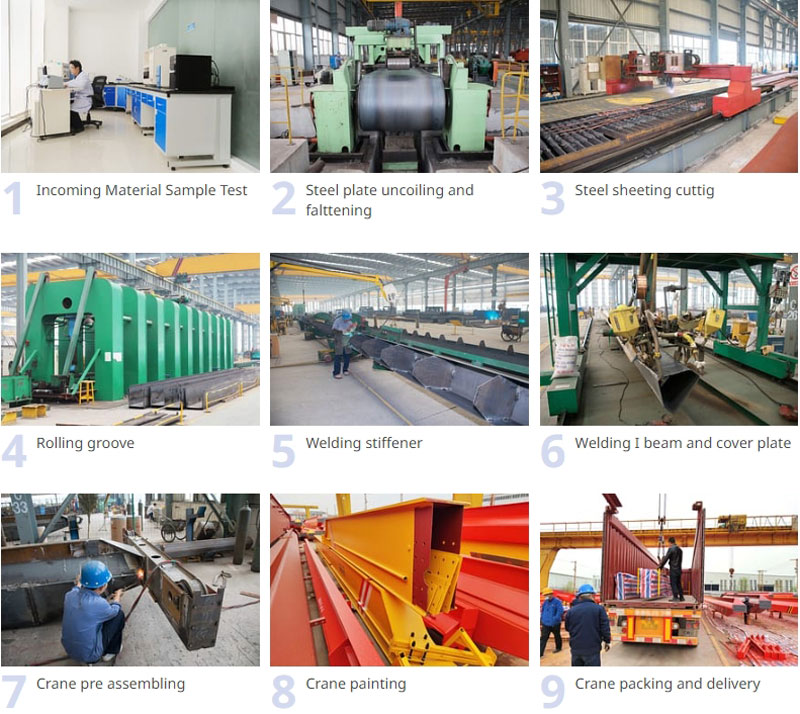

Follow these steps to select the perfect overhead bridge crane for your needs:
Q1: How often should an overhead bridge crane be inspected?
MỘT: Daily visual checks (for wear, leaks, or loose parts) and annual professional inspections are mandatory. Heavy-use cranes (A7–A8) may require quarterly inspections.
Q2: Can overhead bridge cranes be automated?
MỘT: Đúng. Modern models can integrate with IoT systems for automated load tracking, scheduled movements, and remote operation—ideal for repetitive tasks.
Q3: What’s the lifespan of an overhead bridge crane?
MỘT: With proper maintenance, single girder cranes last 15–20 years; double girder cranes can operate for 25–30 years or longer.
Q4: How is an overhead bridge crane installed?
MỘT: Installation involves mounting runways to building columns or support structures, positioning the bridge, and integrating the hoist/trolley. Professional installation is recommended for safety.
Q5: What’s the difference between an overhead bridge crane and a gantry crane?
MỘT: Overhead bridge cranes run on elevated runways (attached to a building), while Cần cẩu Gantry have ground-supported legs—making gantries better for outdoor or open spaces.
Ready to enhance your material handling efficiency? Contact us for a custom overhead bridge crane solution tailored to your industry and workflow.
Chia sẻ với PDF: Tải xuống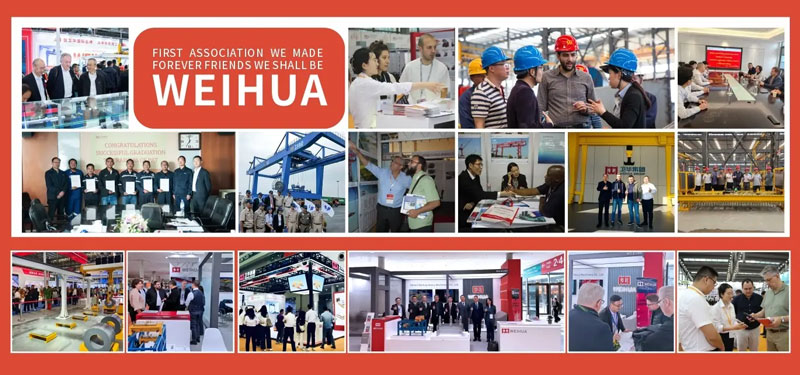
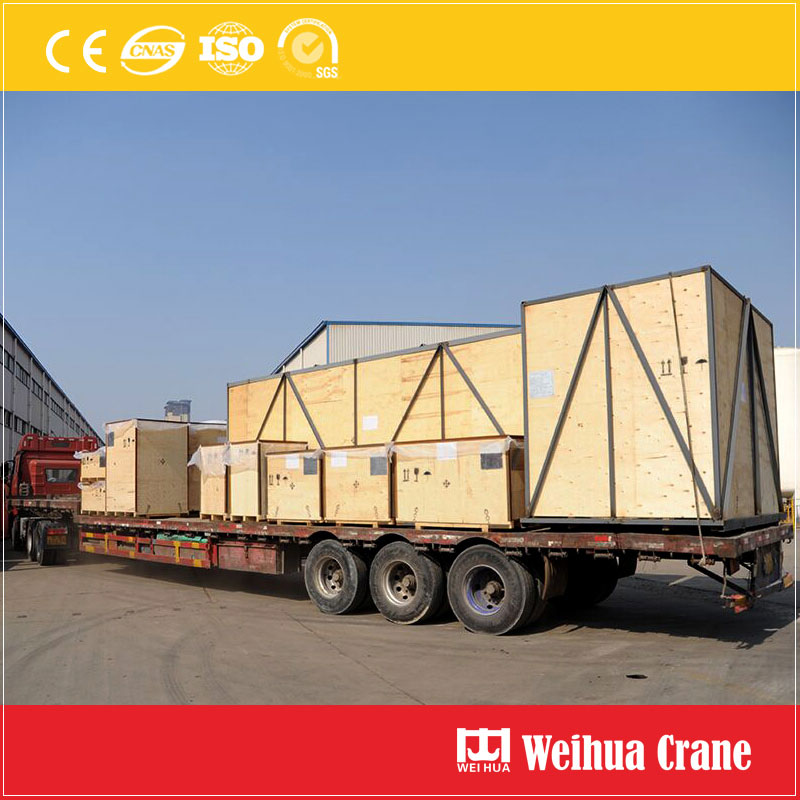

Chúng tôi coi trọng phản hồi của bạn! Vui lòng hoàn thành biểu mẫu bên dưới để chúng tôi có thể điều chỉnh các dịch vụ của mình theo nhu cầu cụ thể của bạn.
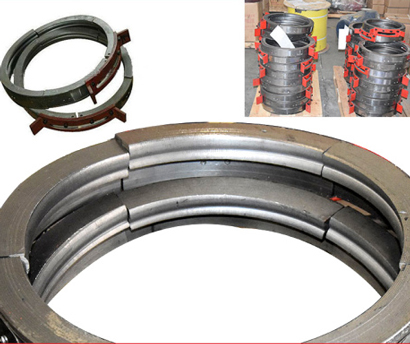
Hệ thống dẫn hướng dây là giải pháp dẫn hướng và chống lắc hiện đại được thiết kế cho……
Khám phá thêm →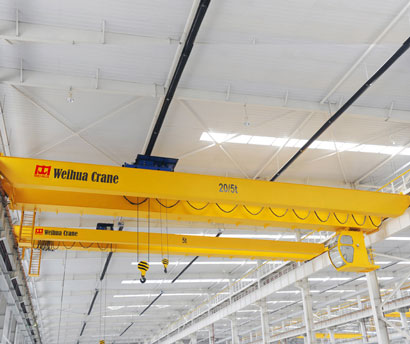
20 Tôn đơn dầm vs. Cầu trục dầm đôi Sự khác biệt chính ở 20 tấn o……
Khám phá thêm →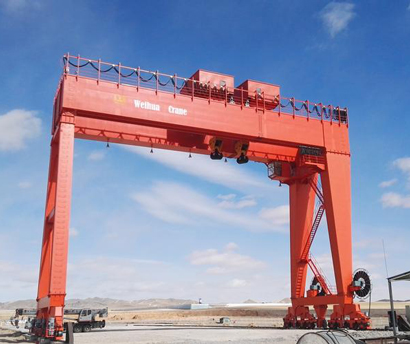
As a leading double girder gantry crane manufacturer, WEIHUA Group delivers robust, cus……
Khám phá thêm →

Nhấp vào nút để nhận thông tin sản phẩm và báo giá trên WhatsApp.
Nhận báo giá
Nhận xét mới nhất